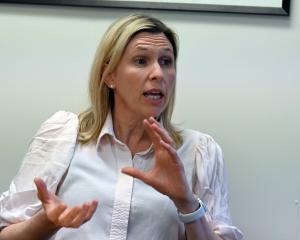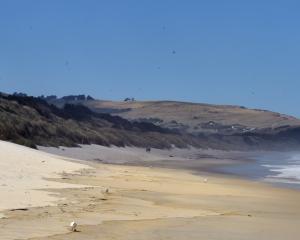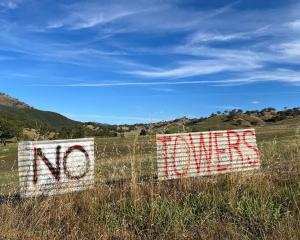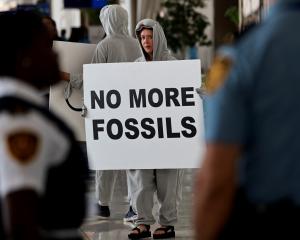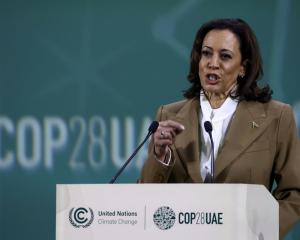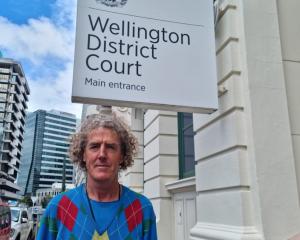More floods, droughts and extreme weather events associated with the El Nino and La Nina cycles can be expected in New Zealand in a warming world, Auckland researchers predict.
A group of University of Auckland scientists looking at 700 years of climate records found that El Nino and La Nina cycles "ramped up'', or became more common as air and sea temperatures rose.
Their findings are published today in the journal Nature Climate Change.
Lead researcher Anthony Fowler said many large El Ninos and La Ninas had occurred with greater frequency in the past 30 years.
His team's study suggested that this trend might not be in isolation, but a sign of things to come.
"As the world continues to warm, New Zealand is likely to experience the impacts of El Nino and La Nina events with comparable intensity and frequency to what we have seen over the last three decades, and possibly more so,'' Dr Fowler said.
"This means that we should anticipate more extreme events, such as flooding and droughts, in the regions affected by these weather patterns.''
His team created a climate record for every year since AD1300 by studying kauri tree rings.
Kauri are highly sensitive to the ebb and flow of the cycles, with wide growth rings in their trunks often associated with the cool, dry El Ninos and narrow rings with rainy La Nina patterns.
The scientists previously created a 300-year-old record by studying the rings in living trees. To go further back in time, the group collected ring samples from logged wood, and colonial-era buildings - a burned-down church in the Bay of Islands, weatherboard homes and display pieces in museums.
By looking at how the rings widened and thinned as the world warmed over several centuries, the researchers learned how La Ninas and El Ninos behaved over this time.
These results allowed them to anticipate what might happen to our climate in future, Dr Fowler said.
"If I was talking to water resource planners, I would be suggesting that they might want to start to think about the possibility of more extreme or more frequent El Ninos.
"I can't say I can predict it, but it's a plausible possibility given what has been observed in the past.''
Dr Fowler acknowledged it was ironic that the studies benefited from environmental destruction _ the piecing together of the climate record was mainly possible because of devastating logging of kauri in the 19th and early 20th centuries.
The weather cycles known as El Nino and La Nina _ Spanish for the boy and the girl _ have the greatest influence on our climate after the seasons and monsoons, and have been responsible for devastating floods in the past three years in Pakistan and Australia.
The weather cycles were first noticed by Peruvian fishermen _ hence their Spanish names. When anchovy stocks fell in the 1700s, that was blamed on a strange, warm current in the eastern Pacific. The event was named El Nino, "the boy child'', because it arrived at Christmas.
EL NINO (The boy child)
In New Zealand, El Nino generates cool southwesterly winds and is associated with droughts on the eastern sides of both islands.
LA NINA (The little girl)
La Nina _ which New Zealand has experienced this summer and last _ brings wetter, warmer conditions, greater rainfall and sometimes floods.




